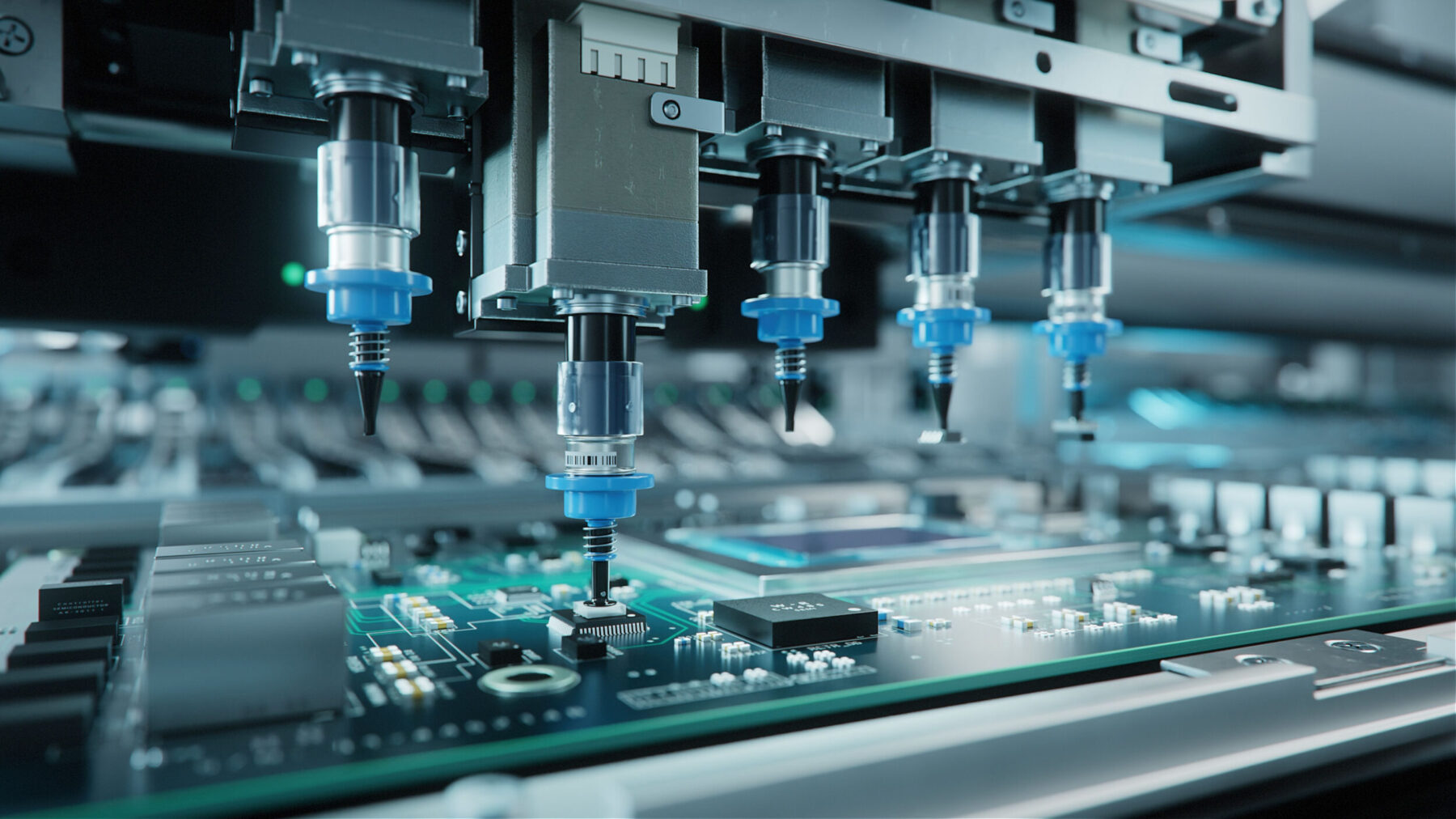PCBA (Printed Circuit Board Assembly) manufacturing is a crucial process in the electronics industry, responsible for assembling and soldering electronic components onto a printed circuit board (PCB). This process transforms bare PCBs into functional electronic assemblies used in a wide range of devices, from consumer electronics to industrial equipment. Here’s a detailed look into the pcba manufacturing process, its key stages, and its importance in modern electronics production.
1. PCBA Manufacturing Process Overview
PCBA manufacturing involves several intricate stages that ensure the assembly of components onto a PCB is precise, reliable, and efficient. The typical process includes:
- 1.1 PCB Fabrication: The process begins with PCB fabrication, where the bare board is produced. This involves laminating a non-conductive substrate (usually fiberglass) with conductive copper traces according to the design specifications.
- 1.2 Component Procurement: Once the PCBs are fabricated, electronic components such as resistors, capacitors, integrated circuits (ICs), and connectors are sourced from suppliers. These components are selected based on the bill of materials (BOM) provided by the design engineer.
- 1.3 Solder Paste Application: Solder paste, a mixture of tiny solder spheres and flux, is then applied to the PCB using a stencil. The stencil ensures precise application of solder paste only to the necessary areas, where components will be mounted.
- 1.4 Pick and Place: In this stage, automated pick and place machines pick up electronic components from reels or trays, using vacuum nozzles, and accurately place them onto the solder paste on the PCB. These machines can place thousands of components per hour with high accuracy.
- 1.5 Reflow Soldering: The PCB, now populated with components, enters a reflow oven where the solder paste is heated to a specific temperature, causing it to melt and create a strong electrical and mechanical bond between the components and the PCB.
- 1.6 Inspection: After soldering, the assembled PCBs undergo inspection to ensure all components are correctly placed and soldered. Automated optical inspection (AOI) and X-ray inspection are common methods used to detect any defects.
- 1.7 Testing: Once inspected, the PCBAs are subjected to functional testing to verify their operation. This may involve testing electrical connectivity, functional capabilities, and performance under simulated operating conditions.
- 1.8 Packaging and Shipping: Finally, the PCBAs are packaged according to customer requirements and shipped to their destination, ready to be integrated into the final product.
2. Key Considerations in PCBA Manufacturing
- 2.1 Design for Manufacturing (DFM): Ensuring the PCB design is optimized for manufacturing is crucial to reduce costs and improve yield. Designers must consider factors such as component placement, thermal management, and manufacturability.
- 2.2 Quality Control: Rigorous quality control measures throughout the manufacturing process are essential to detect and rectify defects early, ensuring high reliability and performance of the finished PCBAs.
- 2.3 Compliance and Standards: PCBA manufacturing must adhere to various industry standards and regulations, ensuring products meet safety, environmental, and performance requirements.
- 2.4 Supply Chain Management: Efficient supply chain management is critical to ensure timely availability of components and minimize delays in production.
3. Technological Advancements and Future Trends
PCBA manufacturing is continuously evolving with technological advancements such as:
- 3.1 Automation: Increasing automation of manufacturing processes improves accuracy, speed, and consistency, reducing manual labor and costs.
- 3.2 Miniaturization: The trend towards smaller, more compact electronic devices drives the demand for PCBAs with higher component density and complexity.
- 3.3 Advanced Materials: Innovations in materials, such as flexible PCBs and advanced substrates, enable new applications and improve performance.
- 3.4 Smart Manufacturing: Integration of IoT devices and data analytics into manufacturing processes enhances efficiency, quality control, and predictive maintenance.
4. Applications of PCBA
PCBAs are integral to various industries, including:
- Consumer Electronics: Smartphones, tablets, laptops, and home appliances.
- Automotive: Engine control units (ECUs), infotainment systems, and sensors.
- Industrial: Control systems, robotics, and automation equipment.
- Medical: Medical devices and diagnostic equipment.
- Aerospace and Defense: Avionics, radar systems, and navigation equipment.
PCBA manufacturing is a complex and vital process that underpins the production of modern electronics. With advancements in technology and manufacturing processes, PCBA manufacturers can meet the increasing demand for smaller, faster, and more reliable electronic products across various industries.
